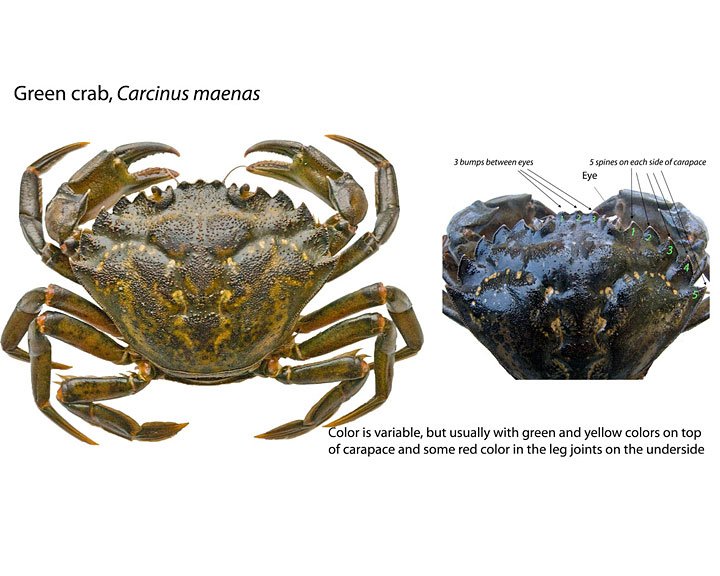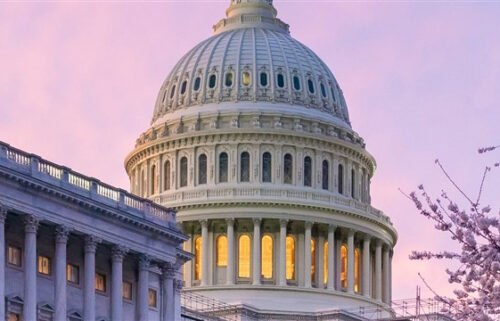Scientists report rise in invasive green grabs in Coos Bay Estuary

COOS BAY, Ore. (KTVZ) – Invasive European green crab populations continue to grow, threatening Oregon coastal species and habitats, according to a report published recently by South Slough National Estuarine Research Reserve.
The report follows a 19-year study conducted by the Reserve and OSU scientists, during which researchers trapped crabs annually throughout the Coos Bay Estuary, along Oregon’s southern coast. In 2020, approximately 77 percent of the crabs caught were European green crabs. The green crabs were found at all sites, but were most abundant in mid to upper parts of the estuary.
The number of green crabs collected in the Coos Bay Estuary has consistently increased since 2016, when the average number of crabs caught in each trap set by the researchers was less than one (0.92). In 2020, an average of 4.66 green crabs were caught per trap.
Green crabs are an invasive species that established in the San Francisco Estuary prior to 1989 and have since moved north to Southern Oregon. The researchers believe the green crabs thrive in Coos Bay Estuary because of available food and shelter.
The increase in green crabs may negatively affect coastal species and habitats. Green crabs have been linked to declines in eelgrass, which is an essential habitat and food source for marine and estuarine organisms, as well as a valuable component of marine ecosystems that helps to keep water clean and protect shorelines from storms.
Green crabs may also reduce Dungeness crab populations by eating juvenile crabs and by displacing young Dungeness crabs from sheltered habitats, making them vulnerable to predators. Finally, green crabs consume clams, oysters, and mussels and may reduce their populations.
Reserve researchers plan to continue monitoring green crab populations in Coos Bay. More research is needed to understand the effects of the growth of the green crab population on habitats and food webs, as well as inform options for managing green crab populations.
Crabbers who believe they have caught a European green crab should follow guidance from the Oregon Department of Fish and Wildlife to identify the green crab, which is often mistaken for other crab species. All green crabs that are caught can be brought to the nearest regional ODFW office.
####
The South Slough National Estuarine Research Reserve (South Slough Reserve) is a 5,900-acre natural area located in the Coos estuary on the south coast of Oregon. The Reserve was designated in 1974 as the first unit of the National Estuarine Research Reserve System (NERRS) and is affiliated with the Oregon Department of State Lands and the National Oceanic and Atmospheric Administration (NOAA). The Reserve supports and coordinates research, education and stewardship programs that serve to enhance a scientific and public understanding of estuaries and contribute to improved estuarine management.



